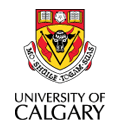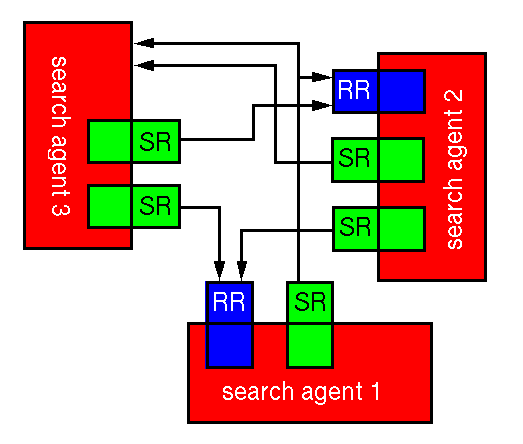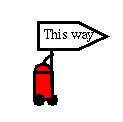 |
| |
| Jörg Denzinger's
Research |
The TECHS approach for Heterogeneous Distributed Knowledge-based Search
Our TECHS approach (TEams for Cooperative Heterogeneous Search) was developed to allow the use of very different search agents within a search team while still achieving synergetic effects (as our TEAMWORK method). Due to this ability to let very different agents, using different approaches to search, cooperate, the team members cannot be as closely coupled as members of a TEAMWORK team. The loosely coupling of agents is achieved by only exchanging different kinds of information without having a central control like a supervisor.
A search agent in a TECHS-based team can assume three different roles:
- Searcher (or expert)
- Send-referee
- Receive-referee
In its role of searcher the agent uses its particular search approach to work on solving the given search problem (similar to an expert in TEAMWORK). Periodically, the agent stops working in its role as searcher and first assumes the role of a send-referee. As send-referee it examines and judges the work it has done as searcher and extracts all kinds of information out of its results. It evaluates these kinds of information and selects the best pieces of each type to be send to the other agents. There are two types of evaluation criteria:
- success-oriented ones that measure the success the agent had using a particular pieces of information, and
- demand-oriented ones that use knowledge about one or a group of other agents to predict the demands (or needs) these agents might have and then uses these demands to measure the pieces of information.
Since there may be agents having different demands the search agent in its send-referee role can select for different agents different pieces of information. After evaluating the own work, a search agent assumes the role of a receive-referee in which it judges the pieces of information it received from other agents since the last time it assumed this role.
As receive-referee the agent tries to predict and evaluate the impact a piece of information from another agent has on its own search. It selects the pieces that have positive impact while discarding the pieces that might only hinder its search. Then it translates the selected pieces into a form its searcher role can understand (remember: different agents might represent the same information rather differently) and integrates them into its own search. Then the cycle begins once more.
The following picture shows the communication channels between three search agents in their different roles. Note that, depending on the real configuration of agents, for some agents assuming the receive-referee role (RR) might not be necessary. Also not for each other agent selecting its own set of information pieces is necessary (i.e. the send-referee not always has to split itself up into several send-referees (SR) for the different receiving agents).

An important point in our TECHS approach is the use of different kinds (or types) of information that are passed between the agents. We distinguish four different general types of information, namely
- positive information to be integrated into the search state of an agent
- negative information to be integrated into the search state of an agent
- positive information to be used by the search control of an agent
- negative information to be used by the search control of an agent
The precise definition of the different types depends on the search approach an agent takes and the concrete search problem the system should solve. Also, not for each search approach all types of information can be used (without creating a new search approach), for example, approaches that cannot store negative information in their states obviously cannot use negative information to be integrated into their search states (but they may use information another agent would see as information of this type to improve their search control).
As in case of TEAMWORK, also our TECHS-based search systems showed synergetic effects leading to either faster finding a solution to a problem or finding better solutions within given time limits. Although rescueing an agent from useless parts of its search space by sending it a new search state is not possible in TECHS (only if all agents using the same search approach form a TEAMWORK team), nevertheless the ability to send them control information can be used to guide them to better regions of their search space (but the TEAMWORK ability to simply forget things cannot be achieved).
For more details about TECHS and its application to different search problems, please refer to the papers on our TECHS bibliography page. Again, we also have a list of the persons that are or were involved in this project.

|
to our CoLe framework. |
Last Change: 5/12/2013